Brass
Designed by Hector Guimard
Produced by Maison HE and Fontaine
France
around 1900-1910
height 3 cm
width 6 x 6 cm
link from our web catalog:
https://galerietourbillon.com/guimard-hector-sonnette/
Tourbillon Gallery: Free Valuation - Buy and Sell at best prices
Biography :
Hector Guimard (1867-1942) is a French architect and the major representative of the 'Art Nouveau in France. Around 1880, his family left Lyon for Paris. In 1882, the young Guimard, aged fifteen, entered the National School of Decorative Arts and was admitted to the architecture section the following year, then in 1885 he aspired to join the National School of Fine Arts. . Admitted, he enrolled in the free studio of Gustave Raulin. Guimard began his career as an architect with the construction in 1888 of a café-concert, Le Grand Neptune, on the quays of Auteuil, then took part the following year in the Universal Exhibition of 1889, by building the Pavillon de electricity. The first important achievements, marked as much by the theoretical heritage of Viollet-le-Duc as by the formal vocabulary of the latter, appear with the Roszé hotel (1891), and especially the Jassedé hotel (1893). In 1895, the year when Guimard built The School of the Sacred Heart, he arranged on behalf of Amélie Clotilde Carpeaux, widow of the famous sculptor, a “museum-depot”, known as the Atelier Carpeaux. Introduced into the milieu of the local bourgeoisie, Guimard then met Elisabeth Fournier, the sponsor of the work that would make him famous: the Castel Béranger, located at 14 rue La Fontaine in the 16th arrondissement of Paris. Following the trip to Brussels where he met Victor Horta in 1895, Guimard changed his style. If it is too late to modify the structural work of Castel Béranger, Guimard manages on his return to Paris to convince Madame Veuve Fournier to take over all the decoration. Hence the varied and sometimes contradictory aesthetics of Castel Béranger, when it was completed in 1898, illustrating in Guimard's career a period of radical transition lasting almost five years: on the geometric and rectilinear volumes of the shell inspired by Viollet -le-Duc spreads profusely (ironwork, cast iron, stained glass, paneling, wallpaper, etc.) the organic line "in a whiplash" imported from Belgium. The Castel Béranger made Hector Guimard famous overnight and led to a surge in commissions that would make him the figurehead of Art Nouveau in France. This very active period for the architect ends around the Universal Exhibition of 1900, with the construction of the aedicules and surrounds of the Paris metro in cast iron, made by the Val d'Osne art foundry, until 1913. Despite his innovations, his constructions sponsored by a restricted circle, the world is gradually turning away from Hector Guimard: less than the work, it is the man who annoys. And as a worthy representative of Art Nouveau, he is himself a victim of the contradictions inherent in the ideals of the movement: his most accomplished creations are financially inaccessible to the greatest number. The First World War, which caused some of his professional projects to fail and stopped his activity as an architect, forced him into exile far from Paris. The post-war period saw him convert without much conviction to the Art Deco style. If his peers have always been able to show him their esteem, as a pioneer of the modern movement in particular, Guimard has never been able to experience popular success during his lifetime.


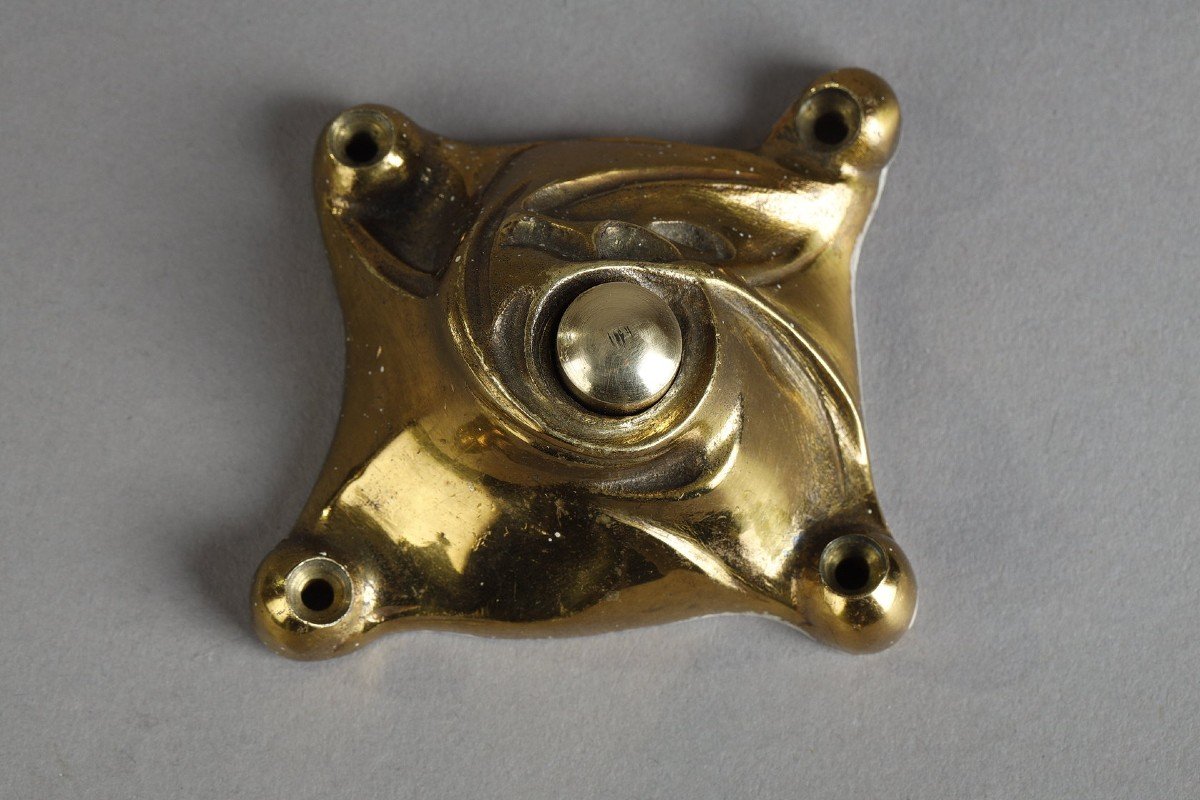
















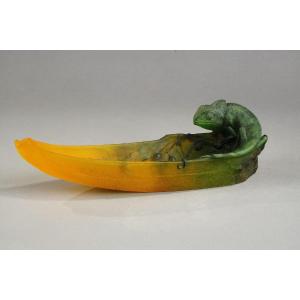
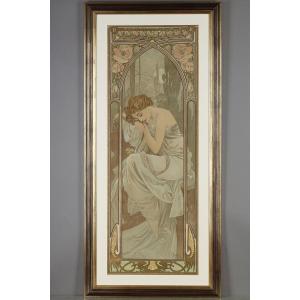
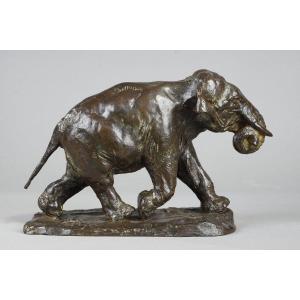




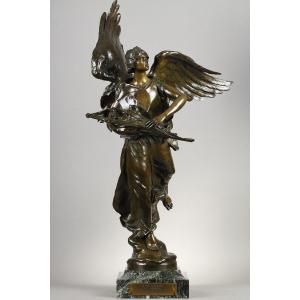



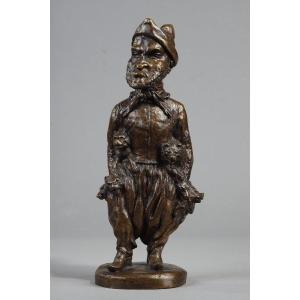

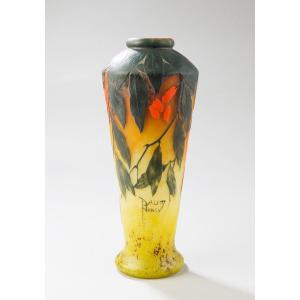


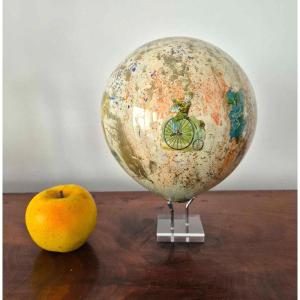
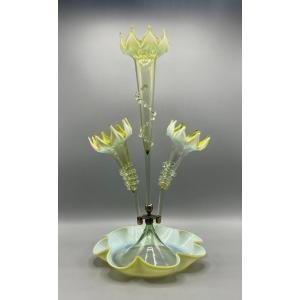




 Le Magazine de PROANTIC
Le Magazine de PROANTIC TRÉSORS Magazine
TRÉSORS Magazine Rivista Artiquariato
Rivista Artiquariato